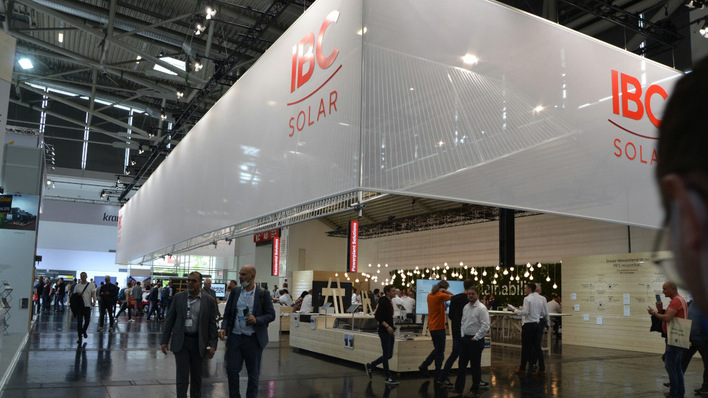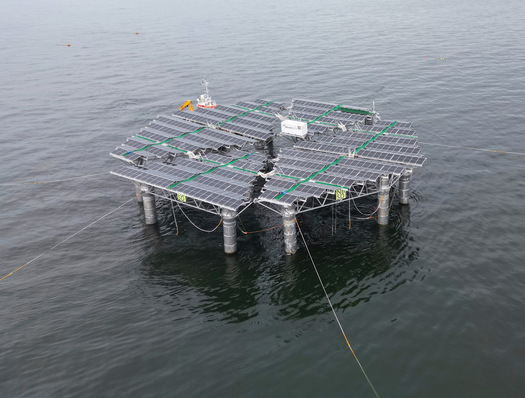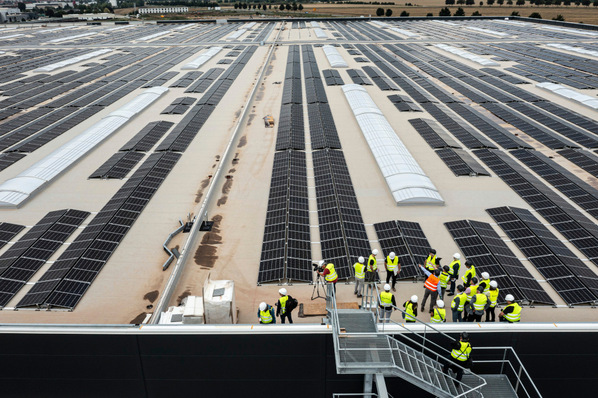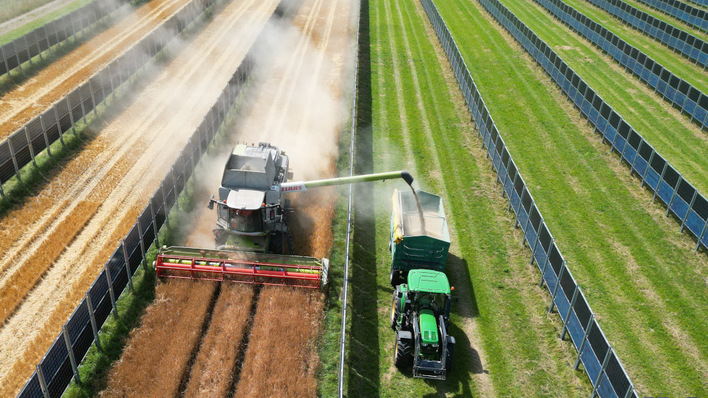Uppsala is not exactly known as a sun-kissed place. In high summer the sun shines for an average of ten hours in central Sweden, usually less. Nevertheless, the real estate company Heimstaden has decided to equip some of its student accommodation in the Flogsta district with solar systems.
However, these should not be just any systems. The plan was to install as many modules as possible in such a way that they would supply enough electricity to operate the systems economically. This is even possible with the low solar radiation in the district in the west of the Swedish university town.
Modules specially made
To implement exactly this plan, the flat roofs of the twelve student residences were equipped with modules. In addition, modules were also attached to the unshaded and south-facing facades of three buildings. However, an acceptable solution had to be found. Because the modules had to blend in as aesthetically as possible with the light-coloured façade without the solar technology itself being visible. The requirement could only be met with white solar modules.
This is not easy to implement, but is now possible. This is because the Estonian module manufacturer Naps has applied the solar film of the Swiss manufacturer Solaxess to the specially manufactured modules. This currently still consists of a special film that reflects only the visible part of the light spectrum. As a result, the human eye perceives the modules as white. However, the film allows the invisible light components to pass through to the solar cells below. This light can then be used to produce electricity. (mfo)







